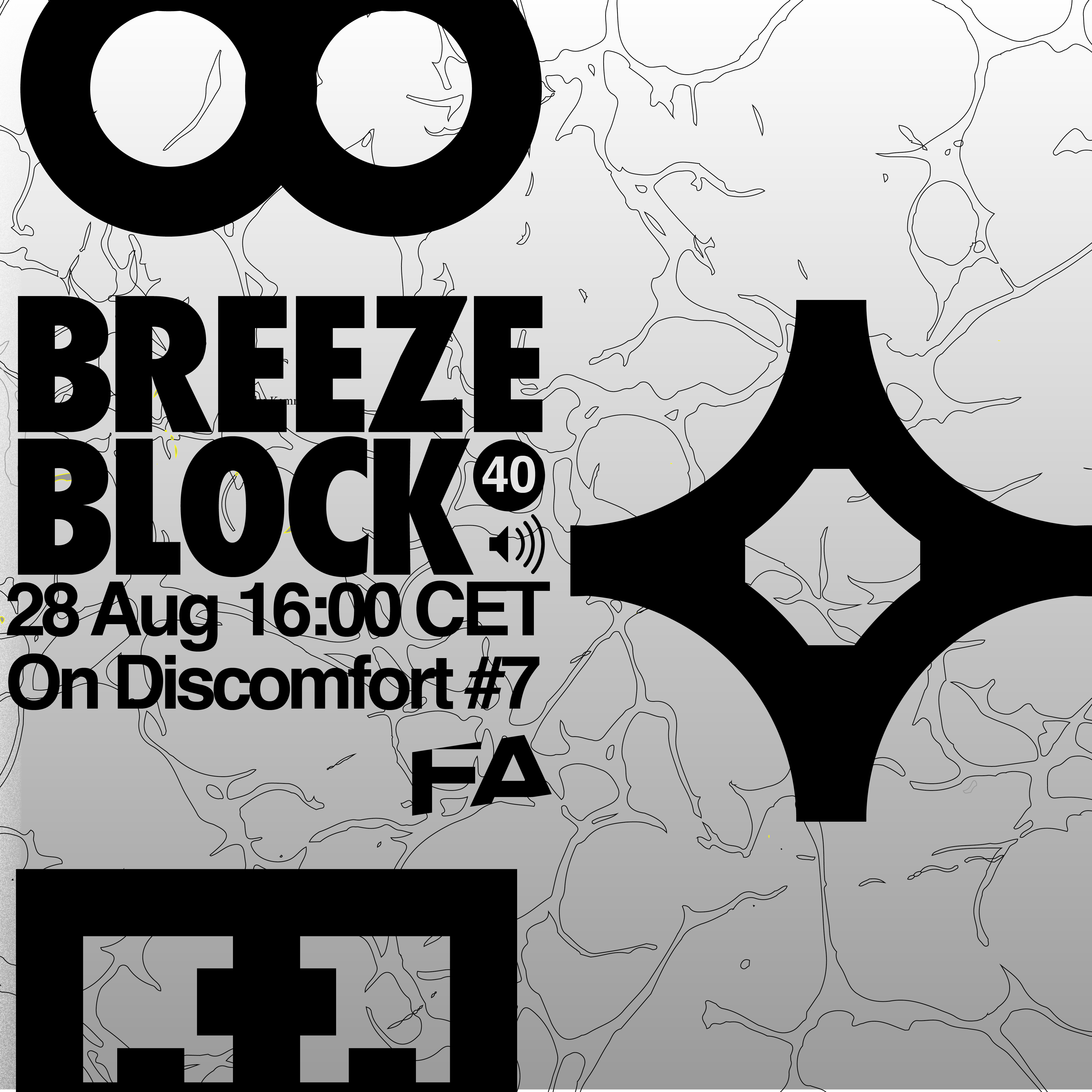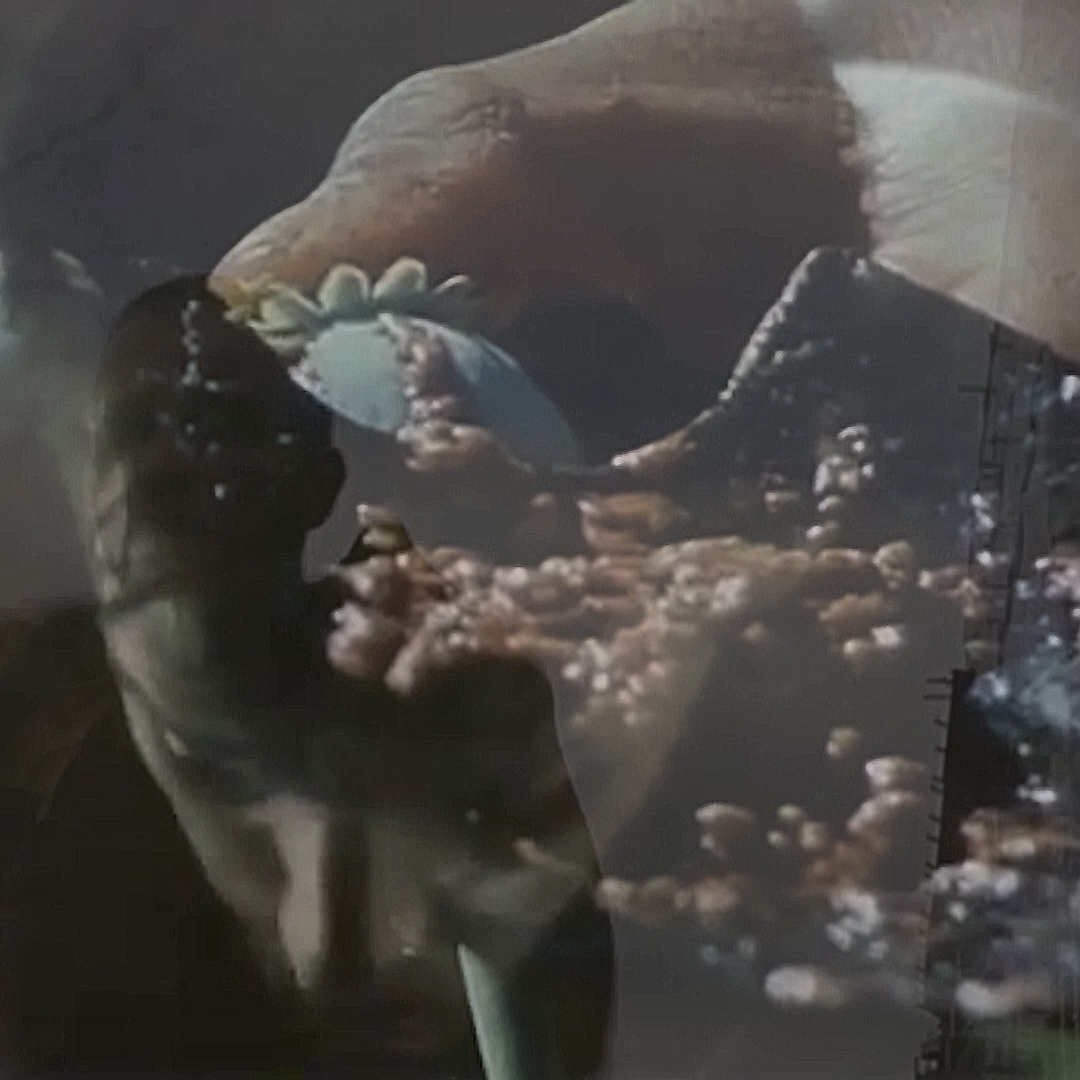Contemporary urban discourse relies overwhelmingly on visual representation. While it may be more effective both in conveying the actual appearance of a particular urban space and in communicating the intentions of the architect and the planner, this kind of representation leaves little room for individual interpretation and cannot possibly capture the full range of feelings and emotions that people attach to particular places. For this, we must also turn to the more immediate sensations of touch, smell, taste and sound. This episode explores the last of these sensations, considering what it means to represent cities and architecture through sound.
Unlike the visual, sound cannot be so easily contained, it flows freely, stimulating memories, helping to create a collective urban experience and bridging gaps across space and time. As such, recording and discussing the built environment through the medium of sound offers a vital means through which to challenge the dominant ways in which architecture and cities are represented. The main part of this episode comprises a conversation between hosts Mark, Rene and Charlie, unpacking the work involved in producing a podcast about architecture and discussing what it means to represent architecture through sound and how music, in particular, can convey certain urban moods. But in the breaks, we will also introduce a series of other sounds found on Aporee, an online map tool on which people can post geo-located sounds.
This episode was directed by Charlie Clemoes/the Failed Architecture team.

For Breezeblock #40, editors Maria Mazzanti, Juana Salcedo, and Maria-Victoria Londoño talked with Exutoire (Bui Quy Son and Paul-Antoine Lucas) about queer architecture practices,...

Subscribe or listen: Apple Podcasts / Spotify / Stitcher / Overcast Heroin is an urban thing. That's the image we've been fed by movies,...

FA editor Joshua McWhirter speaks to Jilly Traganou, editor of the recently published book ‘Design and Political Dissent: Spaces, Visuals, Materialities’. Near the end...